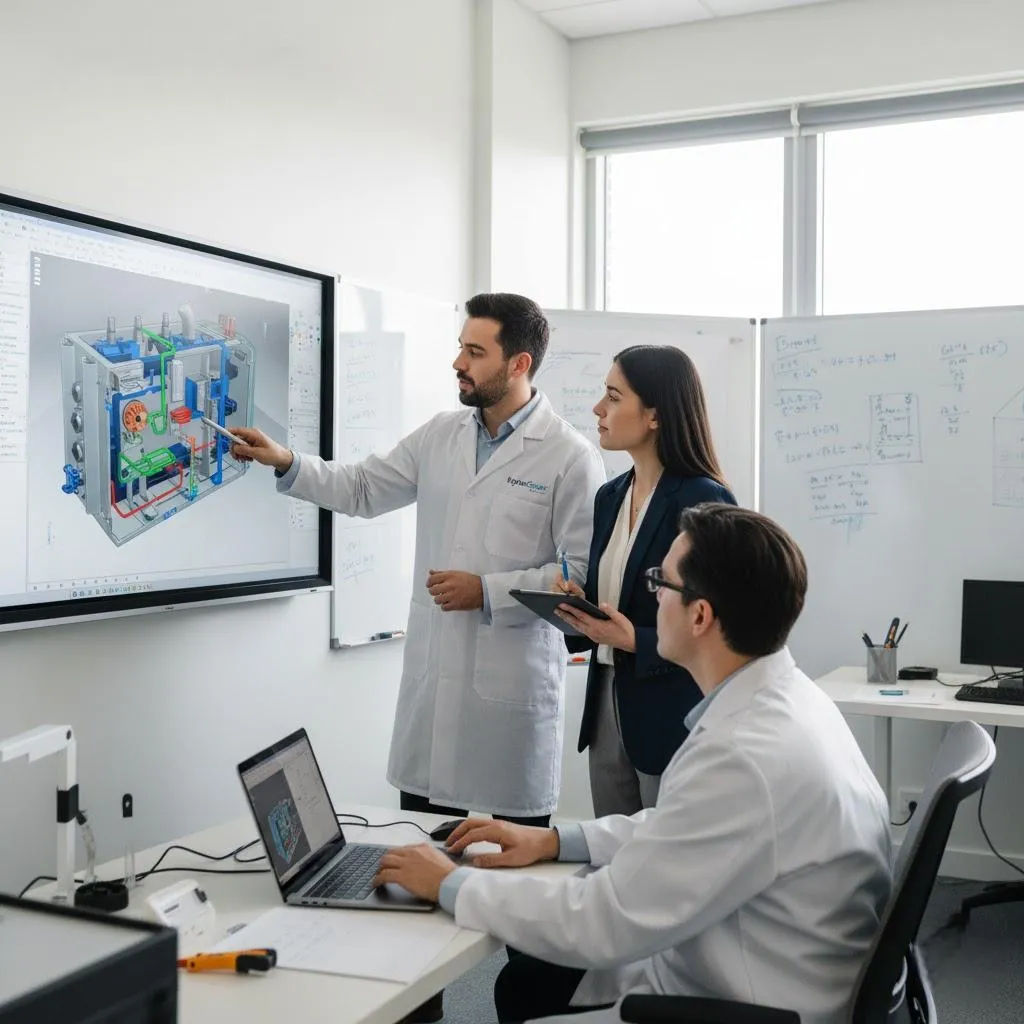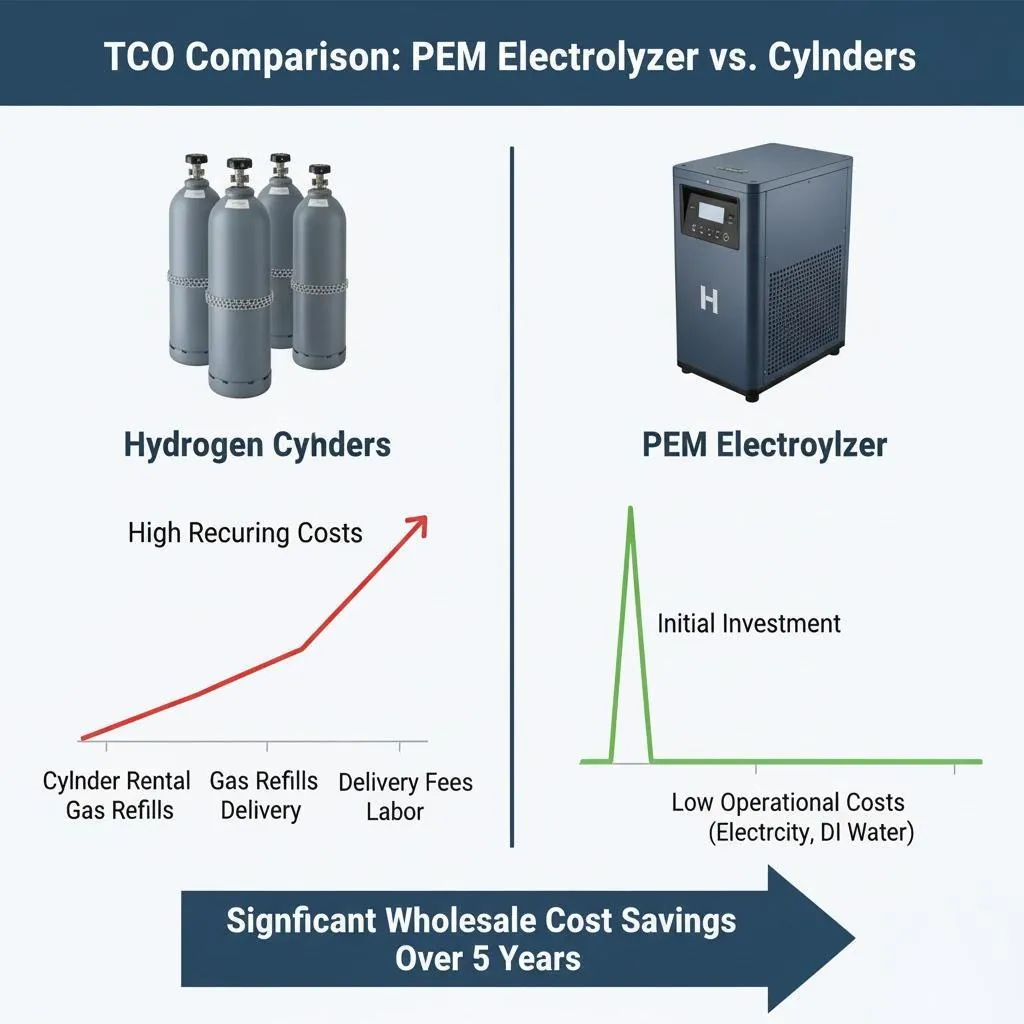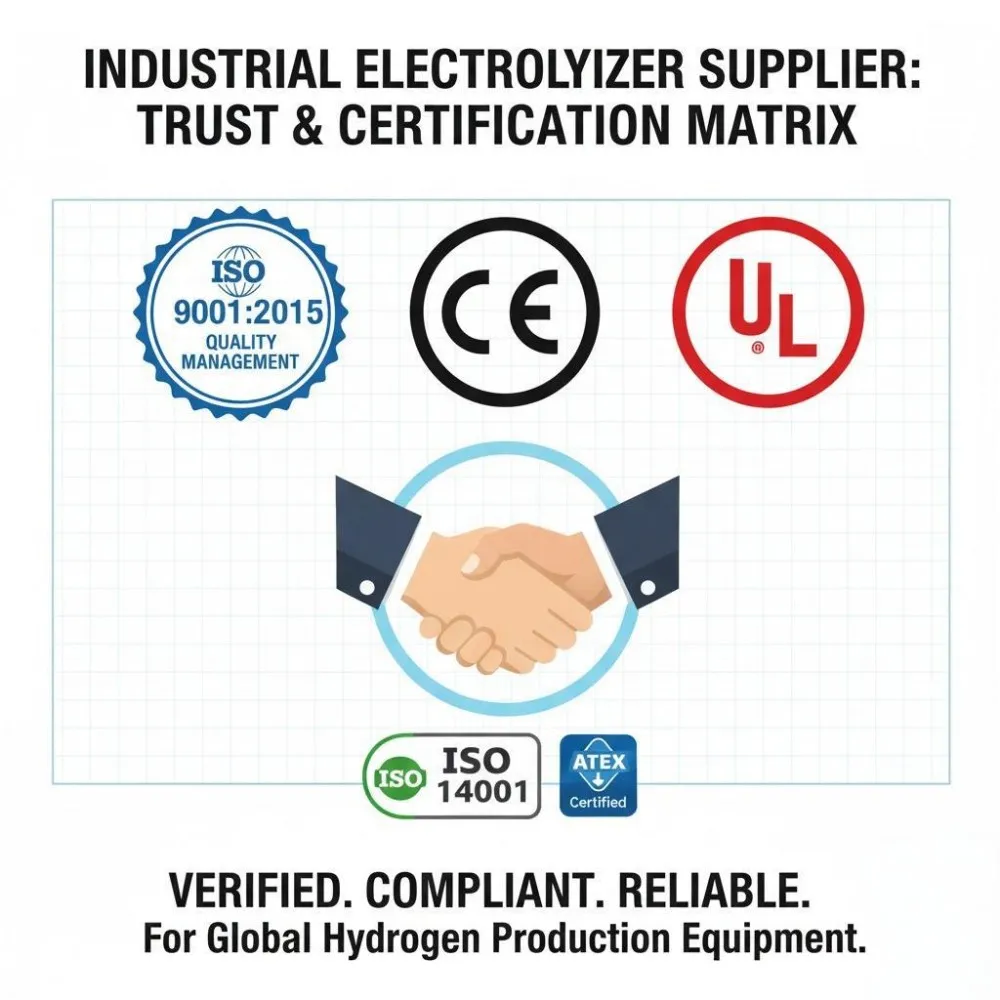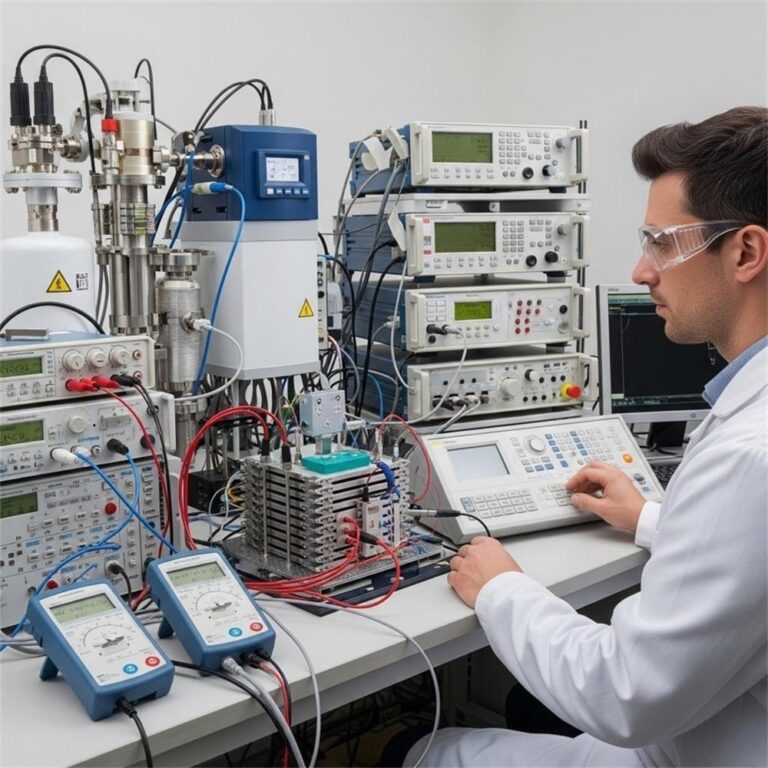Introduction
In the race toward decarbonization, hydrogen production has emerged as a game-changer. As governments and corporations invest in clean energy solutions, electrolysis is fast becoming the cornerstone of green hydrogen strategies. For B2B procurement managers, engineers, and renewable energy decision-makers, understanding how electrolysis works is crucial in identifying the right technologies and partners to meet future energy demands.
This article offers a comprehensive look into the electrolysis process, from its basic chemistry to industrial applications and innovations. Let’s dive into why this technology is not just relevant, but essential, for anyone in the business of clean energy.
What is Electrolysis?
Electrolysis is a chemical process that uses electricity to split water (H₂O) into hydrogen (H₂) and oxygen (O₂). This fundamental reaction lies at the heart of green hydrogen production, enabling industries to harness electrical energy—preferably from renewable sources—and convert it into a storable, transportable fuel.
Historically, electrolysis dates back to the early 1800s with pioneers like Alessandro Volta and Michael Faraday, who laid the groundwork for electrochemical reactions. While once confined to labs, electrolysis is now making waves across large-scale industrial settings.
The Core Components of an Electrolyzer
A modern electrolyzer is built from several essential components, each playing a pivotal role in the water-splitting process:
1. Anode
- The positive electrode where water molecules lose electrons (oxidation).
- Produces oxygen gas and releases protons and electrons.
2. Cathode
- The negative electrode where hydrogen ions gain electrons (reduction).
- Produces hydrogen gas.
3. Electrolyte
- Conducts ions between the anode and cathode.
- Can be alkaline, acidic (PEM), solid oxide, or anion exchange membrane (AEM).
4. Membrane or Separator
- Prevents hydrogen and oxygen gases from mixing.
- Maintains ion flow while ensuring system safety and efficiency.
The Electrolysis Process: A Step-by-Step Explanation
Let’s walk through the process of how electrolysis works to produce hydrogen:
- Electricity is applied to electrodes submerged in water.
- At the anode, water molecules split:
- 2H2O → O2 + 4H+ + 4e–
- 2H2O → O2 + 4H+ + 4e–
- Protons (H⁺) migrate through the electrolyte to the cathode.
- At the cathode, hydrogen ions combine with electrons to form hydrogen gas:
- 4H+ 4e– ->2H2
- 4H+ 4e– ->2H2
- The overall reaction:
- 2H2 -> 2H2 + O2

This efficient yet elegant reaction is the foundation of modern hydrogen systems.
Types of Electrolysis Technologies
Understanding the different types of electrolysis is critical for choosing the right system for your B2B energy goals.
1. Alkaline Electrolysis
- Electrolyte: Potassium hydroxide (KOH) or sodium hydroxide (NaOH).
- Pros: Cost-effective, mature, low materials cost.
- Cons: Lower efficiency, potential for electrolyte leakage.
2. Proton Exchange Membrane (PEM) Electrolysis
- Electrolyte: Solid polymer membrane.
- Pros: Compact design, high hydrogen purity, fast response.
- Cons: Expensive catalysts (e.g., platinum), high capital costs.
3. Solid Oxide Electrolysis Cell (SOEC)
- Operating Temp: 500°C–850°C.
- Pros: High efficiency, compatible with industrial waste heat.
- Cons: Material degradation, complex thermal management.
4. Anion Exchange Membrane (AEM) Electrolysis
- Electrolyte: Anion-conducting membrane.
- Pros: Promises low cost and high efficiency.
- Cons: Still under R&D, commercial adoption is limited.
Factors Affecting Electrolysis Efficiency
For procurement professionals, efficiency metrics matter. Several factors influence how well an electrolyzer performs:
| Factor | Impact on Efficiency |
|---|---|
| Temperature | Higher temperatures speed up reaction but increase wear |
| Current Density | Directly tied to hydrogen output and energy use |
| Electrolyte Type | Affects ion conductivity and resistance |
| Electrode Materials | Determines catalytic activity and lifespan |
| System Pressure | Influences gas separation and energy demands |
Choosing the right configuration depends on your energy sources, space, budget, and output needs.
Applications of Electrolysis in Hydrogen Production
Electrolysis isn’t just a lab experiment—it’s reshaping industries:
Green Hydrogen Production
- When powered by solar or wind, it creates zero-emission hydrogen, ideal for decarbonizing heavy industries.
Industrial Usage
- Used in ammonia, methanol, and steel production where clean hydrogen replaces fossil fuels.
Energy Storage
- Converts surplus renewable energy into hydrogen, stored for later use or reconverted into electricity.
Transportation
- Powers fuel cell vehicles, especially in logistics, maritime, and public transit sectors.
The Future of Electrolysis: Innovations and Trends
1. Advanced Electrode Materials
- Researchers are developing non-precious metal catalysts to lower costs.
2. Next-Gen Membranes
- Better membranes mean faster ion transport, longer life, and reduced leakage.
3. Renewable Integration
- Smart-grid integration ensures stable operation even with variable wind or solar input.
4. Cost Reduction
- Scaling manufacturing and supply chains will help meet the DOE’s $1/kg hydrogen goal.
FAQs: How Does Electrolysis Work?
Q1: What is electrolysis used for in hydrogen production?
Electrolysis splits water into hydrogen and oxygen using electricity, ideally from renewable sources, to create green hydrogen.
Q2: How efficient is electrolysis for hydrogen production?
Efficiency varies by technology—PEM and SOEC offer higher efficiency but at a greater cost. Alkaline systems are less efficient but more affordable.
Q3: Which electrolyzer type is best for industrial use?
It depends on the application. PEM is ideal for dynamic loads; alkaline is best for large, steady outputs; SOEC suits high-temperature settings.
Q4: Can electrolysis be powered by solar or wind energy?
Absolutely. That’s the key to green hydrogen, where renewable energy drives the electrolysis process with zero emissions.
Q5: What is the byproduct of electrolysis?
Besides hydrogen, the only byproduct is oxygen, which can also be captured and used industrially.
Q6: How much hydrogen can 1 MW of electricity produce via electrolysis?
Roughly 20 kg of hydrogen per hour, depending on system efficiency and technology used.
Conclusion
Electrolysis is not just a buzzword; it’s a critical enabler of the hydrogen economy. By transforming water into hydrogen using clean electricity, this process offers a path toward energy independence, emissions reduction, and industrial innovation.
For B2B leaders, understanding how electrolysis works helps guide procurement decisions and partnerships. Whether you’re investing in hydrogen infrastructure or optimizing energy strategy, electrolysis is the bridge to a greener future.
👉 Contact us today for expert consultation on electrolyzer solutions and customized quotes. Let’s power a cleaner tomorrow—together.







